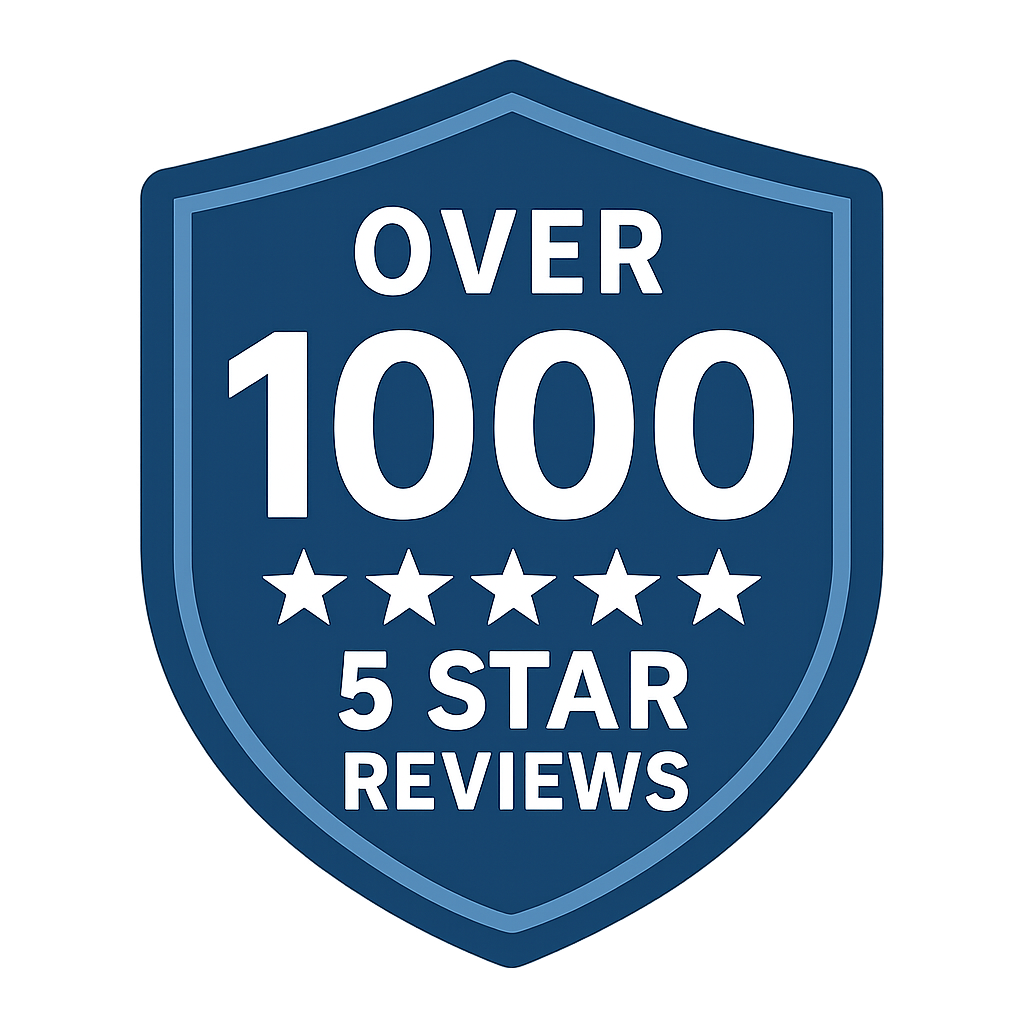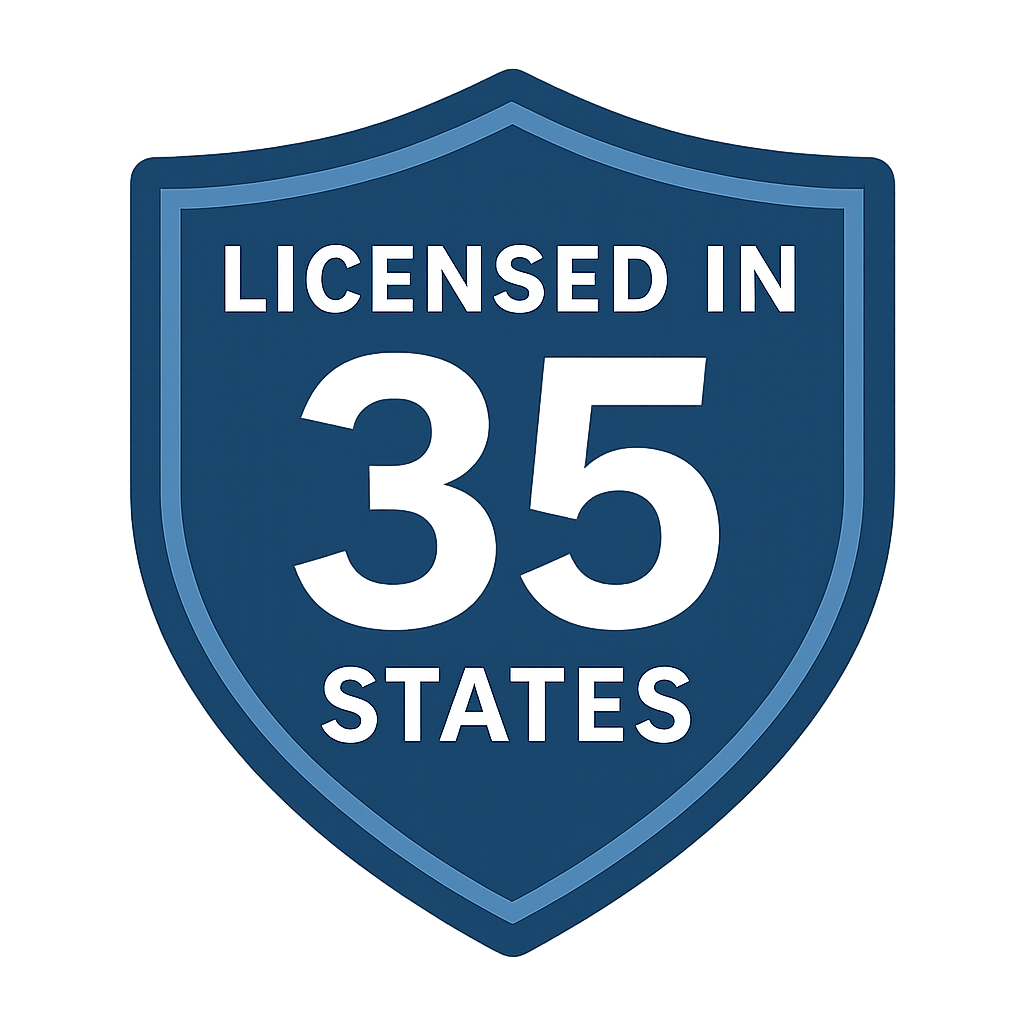Homeowners Insurance Coverage Explained
See what each part of a homeowners policy covers… dwelling, other structures, personal property, loss of use, personal liability, medical payments, deductibles, and endorsements. We compare options and give clear examples.
How a homeowners policy is built
A standard HO-3 (or broader HO-5) bundles six core parts: dwelling (A), other structures (B), personal property (C), loss of use (D), personal liability (E), and medical payments (F). Then you add a deductible and any needed endorsements. This structure is key when understanding homeowners insurance across different states.
Named perils vs open perils
Most HO-3 policies cover your house for "open perils" (all risks not excluded) but your belongings for "named perils." HO-5 usually broadens belongings to open perils too, offering a more comprehensive homeowners coverage guide.
Want a clean, apples-to-apples quote?
Skip the forms… let us compare home policies for you
Text your address, year built, roof age, and any updates. We run multiple carriers side-by-side and send the best match.
Policy Basics
What does a homeowners policy cover?
It bundles coverage for your house, other structures, belongings, extra living costs after a covered loss, personal liability, and guest medical. For deeper clarity, see our Florida liability insurance breakdown.
What is the difference between HO-3 and HO-5?
HO-3 is the common standard; HO-5 is broader for personal property (open-perils + typically better default limits). Pricing varies by carrier, and it's important when comparing what is homeowners insurance across state lines.
What is "replacement cost" vs "actual cash value"?
Replacement cost pays to restore new for old; actual cash value subtracts depreciation. Most clients choose replacement cost when available.
What perils are typically excluded?
Flood, earthquake, wear and tear, maintenance issues, and sometimes sewer/water backup unless endorsed. Wind/hail can have special rules in some areas.
How do coverage A–F map to real life?
A: house; B: fences/sheds; C: belongings; D: hotel/meals if unlivable; E: lawsuits; F: minor medical for guests after accidents. This makes it easier for homeowners to navigate state-specific homeowners coverage.
Property Coverages
What does dwelling coverage (Coverage A) include?
Structure, built-in items, attached garages/porches—rebuilt to current cost (replacement cost) if selected. This is a core part of homeowners insurance explained in plain terms.
What does other structures (Coverage B) include?
Detached garage, fence, shed—usually 10% of Coverage A by default; can be adjusted.
What is personal property (Coverage C)?
Your belongings anywhere in the world. Limits apply to jewelry, guns, collectibles unless scheduled.
What is loss of use (Coverage D)?
Pays extra living expenses—hotel, meals, laundry—if a covered claim makes the home uninhabitable.
Are my belongings covered for open perils?
HO-3 typically is named-perils for belongings; HO-5 may use open-perils. We'll show both.
How are electronics and appliances valued?
Replacement cost if endorsed/standard in HO-5; otherwise ACV may apply. Confirm your valuation method.
What about high-value items like jewelry?
Schedule them with itemized limits, no deductible options, and broader causes of loss.
Liability & Medical
What does personal liability (Coverage E) protect?
Defends and pays covered claims if you're legally responsible for bodily injury or property damage to others. This is especially relevant when reviewing Florida liability insurance options.
How much personal liability should I carry?
Many choose $300k–$500k and add a $1M–$2M umbrella for extra protection.
What is medical payments (Coverage F)?
No-fault medical for guests injured at your home—small limits for quick help.
Does liability cover dog bites?
Often yes, but some breeds or bite history can be excluded. We'll review carrier rules.
Am I covered off premises for liability?
Typically yes for personal activities (not auto/work). We can confirm special cases.
Deductibles & Claims
What deductible should I choose?
$1k–$2.5k are common; higher deductibles lower premium. We'll show the price steps.
What is a wind/hail or hurricane deductible?
Separate deductible (often % of dwelling) for those events in certain regions. We'll quote both ways.
Are water damage claims covered?
Sudden/accidental discharge usually is; flood and seepage are excluded. Water-backup requires an endorsement.
Should I file a small claim?
We'll do deductible math with you; for minor repairs, self-pay can avoid surcharges.
How does depreciation apply to belongings?
With ACV you're paid minus depreciation; with replacement cost you can recover depreciation after proof of replacement per policy terms.
What documentation helps a claim?
Photos, receipts/serials for high-value items, and a home inventory speed settlements.
Endorsements & Special Items
What is "extended replacement cost" for the dwelling?
An extra cushion (e.g., +25% or +50%) if rebuild costs exceed your Coverage A limit after a large loss.
Do I need ordinance or law coverage?
Yes if codes require upgrades during rebuilds; this endorsement helps pay those added costs.
Is water-backup worth adding?
Often yes; it covers sump/sewer backups that standard policies exclude. Limits/deductibles vary.
What about equipment breakdown coverage?
Adds protection for sudden mechanical/electrical breakdown (HVAC, appliances, systems) beyond typical perils.
How do I insure jewelry and collectibles?
Schedule items—appraisals/receipts recommended—for higher limits, lower deductible, and broader coverage.
Are home-based businesses covered?
Limited; consider a home-business endorsement or separate policy for inventory/equipment and liability.
Is flood or earthquake included?
No—both require separate policies. We can quote stand-alone flood/quake options.
Pricing, Discounts & Bundles
What affects my premium the most?
Rebuild cost, roof age/material, claim history (CLUE), location, protection class, and deductibles.
Which discounts are common?
Multi-policy, alarm/monitored security, new roof, water shut-off, gated community, claim-free.
Does bundling home and auto really help?
Often yes; bundling can reduce total spend and simplify billing. We'll show actual numbers.
Will a new roof lower my rate?
Usually; impact-resistant materials may add a discount and reduce wind/hail exposure.
How do inspections affect price?
Carriers may adjust based on condition, updates, or hazards noted. We'll help resolve any inspection items.
Lenders & Administration
Why does my lender need to be listed?
Mortgagees must receive notice of cancellations/changes; listing them protects you and the lender.
What is escrow for homeowners insurance?
Your lender collects premium with the mortgage payment and pays the policy each year from escrow.
Can I change deductibles mid-term?
Often yes; premium adjusts pro-rata and lender approval may be needed for large changes.
How do I prove coverage to my HOA?
We can issue an evidence of insurance letter and list the HOA as an additional interest if required.
What happens at renewal?
We re-shop if rates or market conditions change, keep discounts current, and send updated proofs automatically.
Ready to compare homeowners coverage options
Text your address, roof age, and any updates. We run multiple carriers, match limits, and send a clean side-by-side.
HO-3 vs HO-5
HO-5 broadens belongings to open-perils and often includes RC for personal property; price and availability vary.
Replacement Cost vs ACV
RC replaces new for old; ACV subtracts depreciation—lower premium but smaller payouts.
Named vs Open Perils
Named lists covered causes; open covers everything not excluded—clearer for claim scenarios.
Endorsements
Water-backup, ordinance/law, equipment breakdown, scheduled valuables—targeted add-ons for gaps.
Last Updated on by Jayleen Ridgeway



